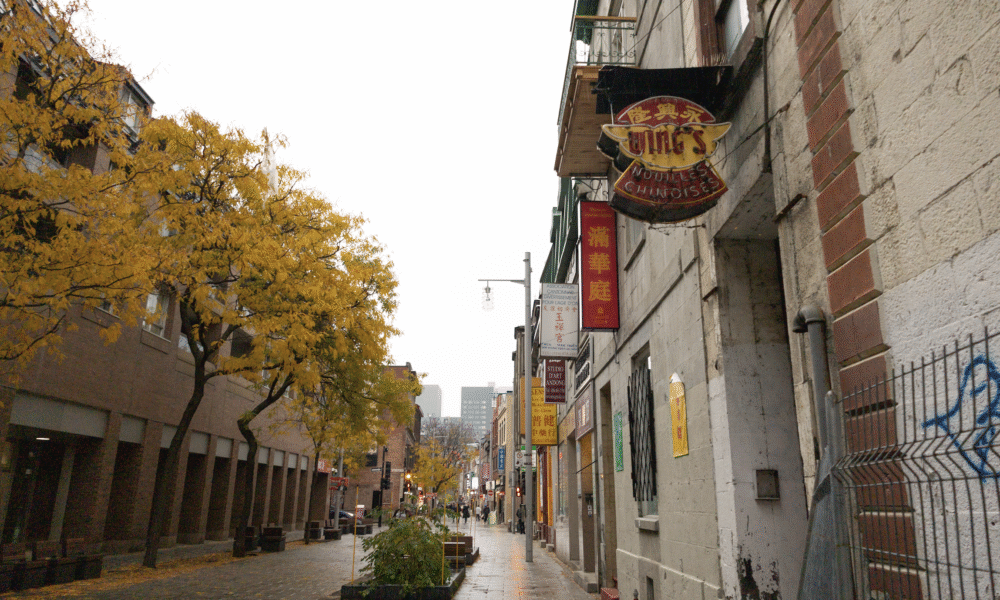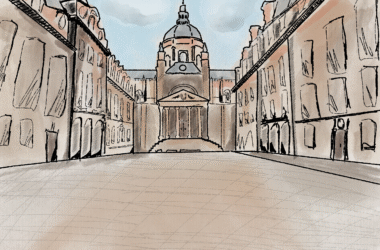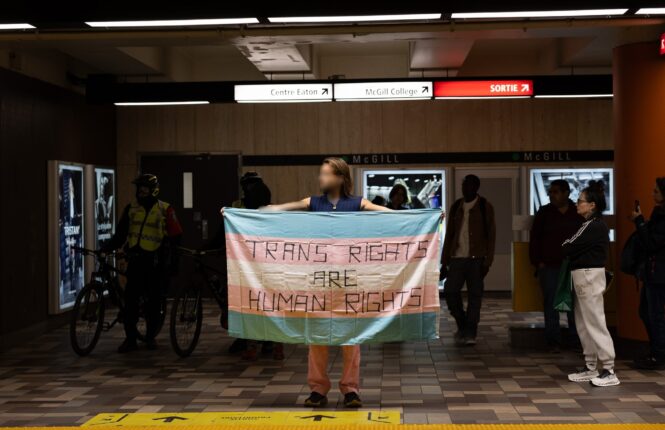There is no debate that Montreal is experiencing a housing crisis. It is also equally evident that Chinatown’s remaining infrastructural heritage is scarce and essential to the preservation of Chinese culture in Montreal. Those two facts should be mutually exclusive, but right now, municipal lawmakers are threatening to turn Chinatown heritage sites into social housing, forcing a debate over what the city should prioritize: Heritage or housing. However, the urgent question should not be whether to build social housing, but how to do it—in a way that avoids undermining cultural vitality.
Achieving this kind of support is not straightforward; it requires dialogue, visibility and transparency. Montreal has signalled that multiple municipal sites will be released for non-market housing in 2025, yet the government has not disclosed to the public a clear, citywide list of addresses, unit ranges, and timelines.
However, without a clear public site analysis, the decision to place a housing project in a small, racialized heritage district obscures what was a conscious choice by the city government as an unavoidable sacrifice. That opacity creates an unnecessary opposition between cultural protection and human need—two necessities that do not have to be positioned as rivals.
Montreal does have a formal policy of ceding municipal properties for non-market housing, along with an online map demarcating these sites. The city has acquired or transferred other buildings for housing throughout 2025, including 20 buildings to the Société d’habitation et de développement de Montréal (SHDM) to lock in affordable supply and several projects outside the Ville-Marie district. However, what the city does not make publicly available is their comparative reasoning: Which sites were assessed first, which were set aside, and what factors led to the selection of the Wing building—which has played a long-standing role in supporting and providing for the Chinese community in Montreal.
Montreal has only recently acknowledged its historic failure to protect Chinatown. In July 2023, Quebec classified the core of the neighbourhood as a heritage site, protecting 10 key buildings and 14 lots from demolition or major alteration, including the Wing building. In January 2024, Montreal designated Chinatown the city’s first official historic site, alleging an aim to ‘protect and enhance’ the rare francophone Chinatown.
Altering even one of these culturally emblematic buildings implicitly devalues the culture and history those buildings reflect, while simultaneously denying a geographic and infrastructural cultural hub for future generations.
However, there is no denying that the housing crisis in Montreal is just as pressing as cultural erosion. In the winter of 2024–2025, Montreal shelters and warming stations turned away roughly 50 people each night, and by late 2024, day shelters serving elderly unhoused people were also at capacity.
In November 2024, the Centres intégrés universitaires de santé et de services sociaux (CIUSSS) de Montréal stated there were 1,864 spaces in shelters across the city, with about 200 more to be added at the start of December. However, local officials warned that Montreal was still short of 500 shelter units. In a city where winter conditions are life-threatening, the acute housing shortage is not an abstract policy problem but a structural shortfall and a threat to basic survival.
By disclosing part of its plan and keeping the rest offstage, Montreal turned two legitimate claims—social housing and historical heritage—into a confrontation. But this apparent clash between communities is really a gap in disclosure. Montreal has the power—and the responsibility—to disclose its 2025 housing data in full. Publishing the 2025 sites, the selection criteria, and the rejected options for new housing developments is not a courtesy to Chinatown or to housing groups. It is the minimum condition for the project to proceed.
Transparency is not a rival to urgency; it’s what makes it credible. Montreal is asking residents to accept that some meaningful, historic locations will change and carry new functions. That is a heavy ask, but it’s also a reasonable one—only once the entire plan is on the table. Consent begins with disclosure, and Montreal has still more to show.









